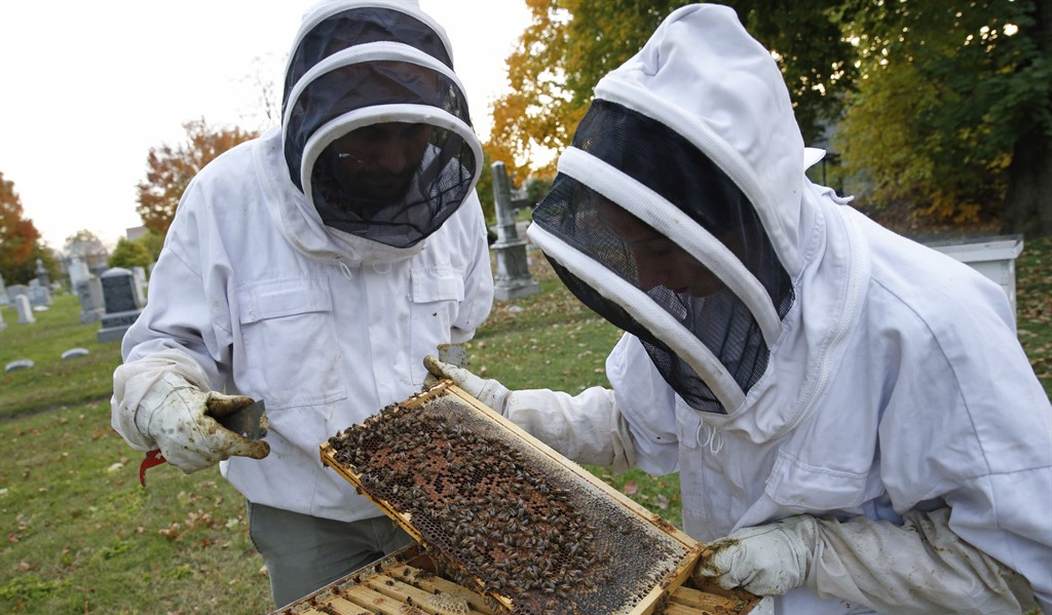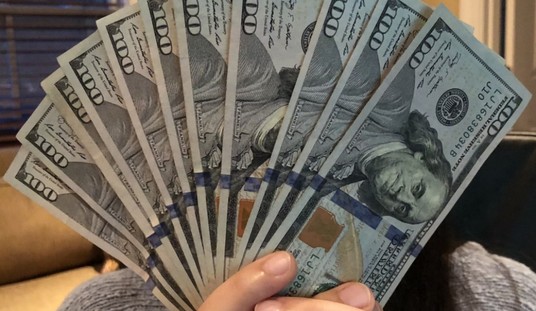
As if we haven’t had enough to deal with lately, dangerous Asian giant hornets, nicknamed Asian ‘murder hornets,’ have been sighted in Washington state. Entomologists are worried that these hornets could “establish” in the U.S. and devastate bee populations.
The deadly hornets measure about two inches long and according to The New York Times, they have “teardrop eyes like Spider-Man, orange and black stripes that extend down its body like a tiger, and broad, wispy wings like a small dragonfly.”
The Times writes that they are responsible for 50 deaths a year in Japan.
Another reason why they are a problem, according to beekeepers, is that they “can wipe out bee colonies within hours and have stingers long and powerful enough to puncture beekeeping suits.”
A Washington beekeeper describes checking on one of his hives and finding it had been devastated by giant hornets.
He saw a pile of dead members of the colony in front of a hive and more carnage inside — thousands and thousands of bees with their heads torn from their bodies and no sign of a culprit.
With queens that can grow to two inches long, Asian giant hornets can use mandibles shaped like spiked shark fins to wipe out a honeybee hive in a matter of hours, decapitating the bees and flying away with the thoraxes to feed their young. For larger targets, the hornet’s potent venom and stinger — long enough to puncture a beekeeping suit — make for an excruciating combination that victims have likened to hot metal driving into their skin.
Washington state entomologist Chris Looney told The Times, he’s worried the hornets are colonizing. “This is our window to keep it from establishing. If we can’t do it in the next couple of years, it probably can’t be done.”
Beekeepers in the Western part of the state, where the hornets have been seen, are working hard to eradicate this invasive species. They set traps over the winter and they tracked down a giant hornet hive on Vancouver Island.
Nanaimo beekeeper and entomologist Conrad Bérubé was sent out one night to exterminate the hive.
He put on shorts and thick sweatpants, then his bee suit. He donned Kevlar braces on his ankles and wrists.
But as he approached the hive, he said, the rustling of the brush and the shine of his flashlight awakened the colony. Before he had a chance to douse the nest with carbon dioxide, he felt the first searing stabs in his leg — through the bee suit and underlying sweatpants.
“It was like having red-hot thumbtacks being driven into my flesh,” he said. He ended up getting stung at least seven times, some of the stings drawing blood.
The night he got stung, Mr. Bérubé still managed to eliminate the nest and collect samples, but the next day, his legs were aching, as if he had the flu. Of the thousands of times he has been stung in his lifetime of work, he said, the Asian giant hornet stings were the most painful.
Read the whole article here. It’s actually fascinating even for non-scientific people like me.














Join the conversation as a VIP Member